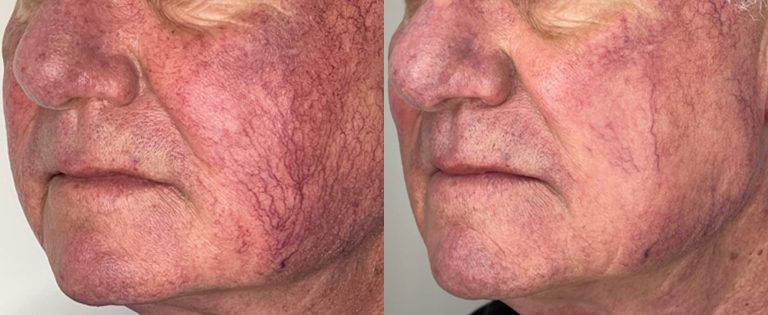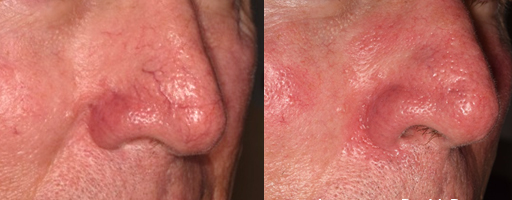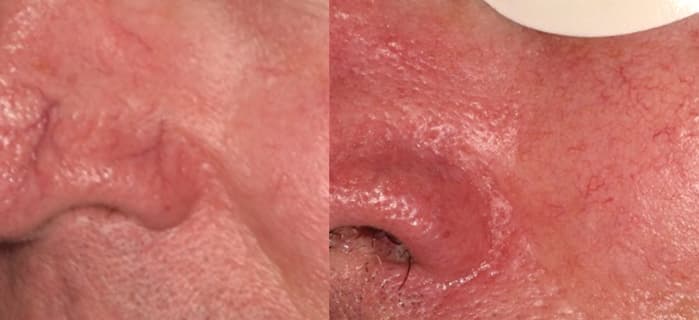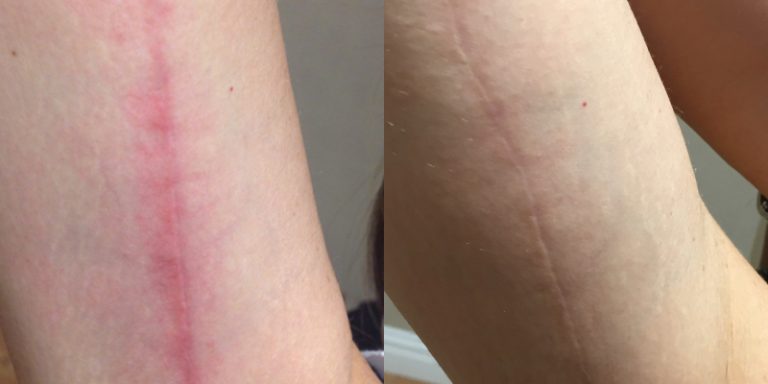What is Ptosis Surgery (Droopy Eyelid Surgery)?
Ptosis surgery, also known as droopy eyelid repair, is a surgical treatment that corrects a sagging upper eyelid to restore facial symmetry. The procedure involves adjusting the small muscles or tendons that lift the eyelid. It is typically performed under local anaesthesia for adults, who might experience a pulling sensation during surgery. Children often require general anaesthesia.
Duration
30 – 90 minutes
Driving
After 3 days – 1 Week
Anaesthesia
Local or Twilight
Hospital Stay
Day Case
Exercise
After 1 Week
Final Results
up to 10 years
Pre Admission Tests
Not required
Addresses
Elevating the upper eyelids
Downtime
1-2 Weeks
Thread Veins Removal Treatment
Unsure what to expect at this treatment? Take a look behind the flashing lights and glamour and gain real perspective into this treatment offered at Dr Tanov Aesthetic clinic using a standard IPhone to record! No editing or filters have been used in the making of this video!
How Does Ptosis Surgery Work?
Ptosis surgery corrects a drooping eyelid by tightening the tendon or muscle responsible for lifting it, especially in age-related cases. Dr. Tanov performs a minimally invasive “scarless” or “transconjunctival” ptosis surgery using techniques such as “White Line advancement” or Muller's muscle resection (MMR). The incision is made either inside the eyelid or within the natural skin crease to keep scars hidden. In some cases, a tissue graft from the thigh (“fascia lata”) or a silicone sling may be used to support the eyelid lift.
Depending on the severity and cause, the procedure can last anywhere from 30 to 90 minutes. Recovery is generally quick, with most patients fully healed within two weeks.
Benefits
- Enhanced Vision: Ptosis surgery can widen your visual field, improve side vision, and reduce eye strain for clearer eyesight.
- Refreshed Appearance: Elevating the eyelids helps rejuvenate your look, making your eyes appear brighter, more awake, and youthful with better definition.
- Fewer Forehead Lines: By restoring proper eyelid muscle function, the surgery can lessen forehead wrinkles and fine lines, creating a smoother, more relaxed facial expression.
- Better Eye Symmetry: The procedure promotes balanced eyelid positioning, resulting in a more natural, harmonious appearance that enhances overall facial symmetry.
Single session & package options
⚠️ Potential Complications of Blepharoplasty & Their Management
- Swelling and Bruising: Common after surgery; managed with cold compresses, head elevation, and anti-inflammatories.
- Dry or Irritated Eyes: Temporary dryness or itching; relieved with lubricating drops and ointments.
- Infection: Rare, but possible; treated with antibiotics and proper wound care.
- Asymmetry or Uneven Healing: Often improves as swelling subsides; persistent cases may need revision.
- Temporary Blurred or Double Vision: Caused by swelling; usually resolves within days to weeks.
- Excessive Scarring or Poor Wound Healing: Minimized with good surgical technique; may be improved with topical treatments or revision.
- Difficulty Closing the Eyes: Usually temporary; rare severe cases may need corrective surgery.
- Bleeding or Hematoma: Requires prompt medical attention; sometimes drainage is needed.
Before-After
Real life photos of effects of treatments





